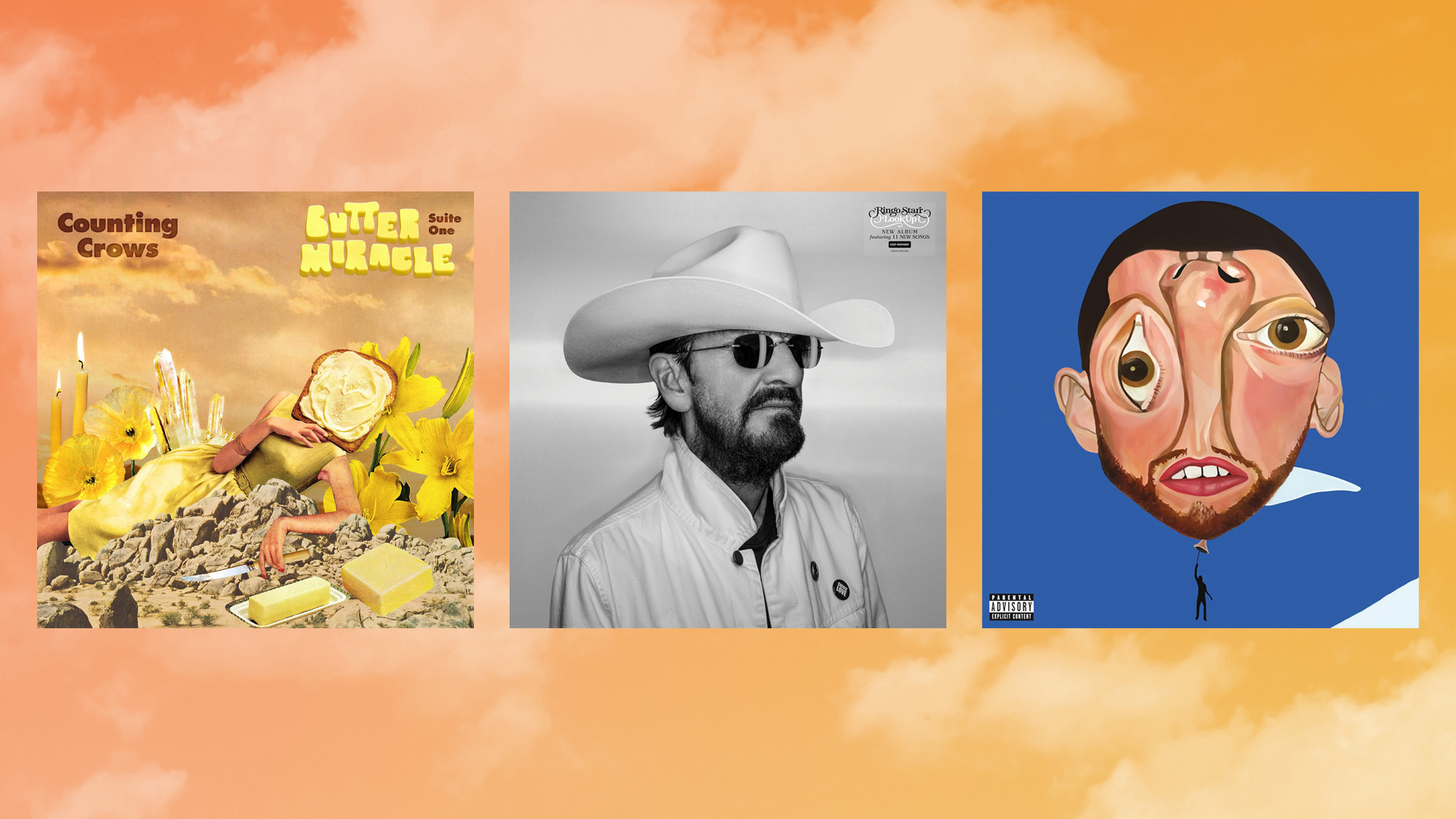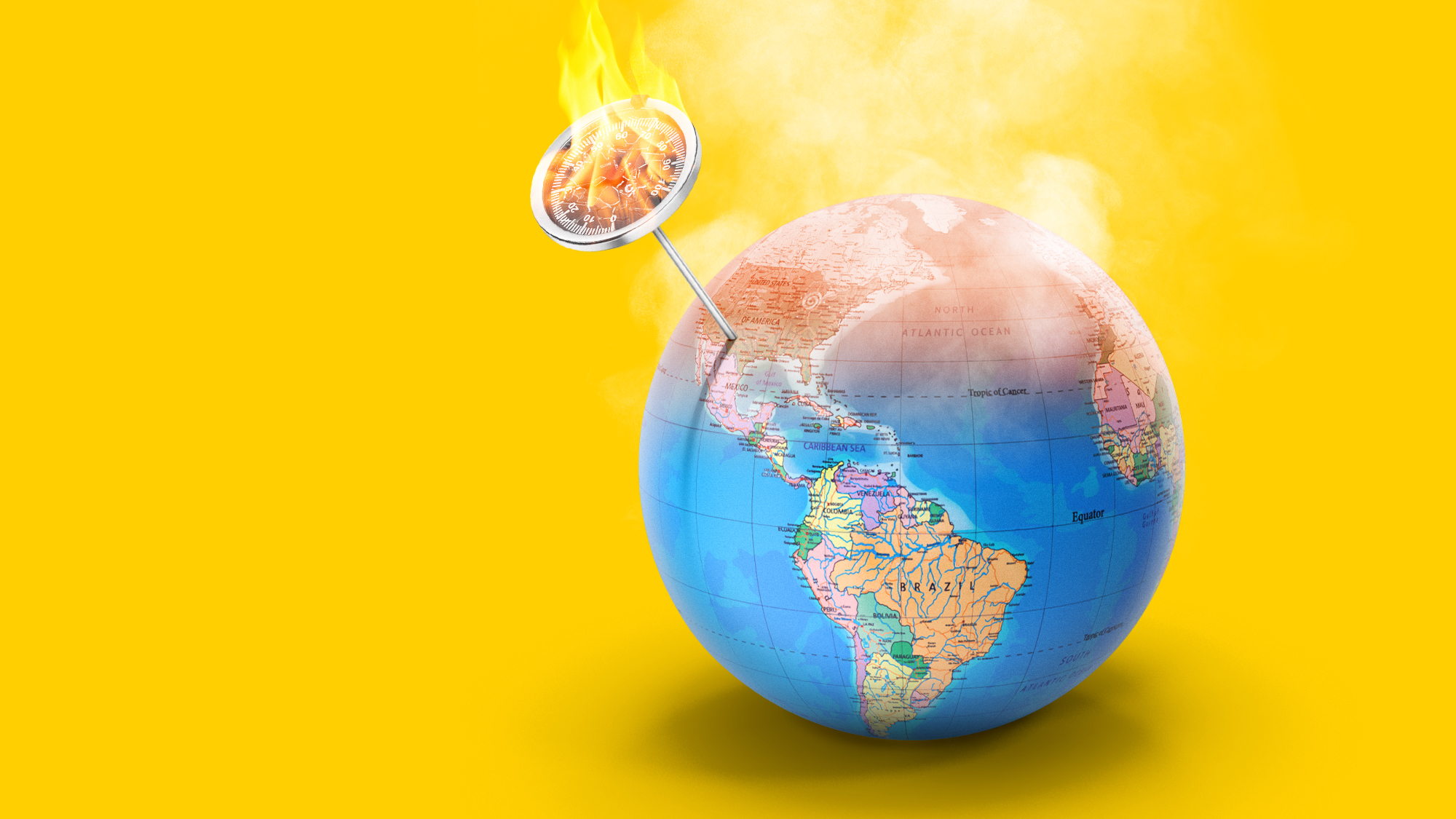Health & Science
The roots of our laughter; What’s that on your arm?; Bilingualism’s mixed bag; A new cloud on the horizon; The politics of revulsion
The roots of our laughter
Human laughter is so old, it’s actually pre-human, a new study concludes. Researchers at the University of Portsmouth in the U.K. tickled two dozen young primates—gorillas, chimps, orangutans, bonobos, and three human babies—and recorded the 800-odd sounds that burst forth. An acoustical analysis revealed surprising similarities between the giggles and guffaws of the humans and those of the other primates. That suggests that laughter dates back 10 million to 16 million years, to the common ancestor from which humans and all great apes evolved. “Our results on laughter indicate its pre-human basis” and suggest that the act of laughter was “hard-wired into humans” by a distant ancestor, lead researcher Marina Davila Ross tells the London Daily Telegraph. The findings could have implications both for research into human emotions and for the management of primates in captivity and in the wild. Just like for humans, Ross says, the animals’ laughter “seemed like an expression of joy.”
What’s that on your arm?
The Week
Escape your echo chamber. Get the facts behind the news, plus analysis from multiple perspectives.

Sign up for The Week's Free Newsletters
From our morning news briefing to a weekly Good News Newsletter, get the best of The Week delivered directly to your inbox.
From our morning news briefing to a weekly Good News Newsletter, get the best of The Week delivered directly to your inbox.
All of our skin is crawling with microscopic organisms, but you’d be surprised which area is the most biodiverse. As part of a large-scale survey called the Human Microbiome Project, geneticist Julie Segre set out to learn what kinds of bacteria live on different parts of the human body by taking swabs from 20 critical areas. Our skin is a smorgasbord of ecosystems, Segre found, and home to roughly 1,000 species of bacteria—about as many as inhabit the gut. The most diverse region, it turns out, isn’t the navel, nostril, armpit, or the part of the buttocks that scientists call the gluteal crease. The honor instead goes to the forearm, which teems on average with 44 species, double the number found in the most barren realm, behind our ears. Scientists hope the study will shed light on why skin disorders such as acne and eczema occur where they do. “It’s a straightforward description of something that needed to be described,” dermatologist Richard Gallo tells ScienceNOW.
Bilingualism’s mixed bag
Learning to speak two languages when you’re young, new research shows, gives you a more nimble mind. But bilingualism also has a downside—more frequent moments of confusion when choosing words. Researchers at Northwestern University found that people who are fluent in two languages establish brain pathways and learning strategies that make it easier to acquire additional languages. “Our research shows that the experience of becoming bilingual itself makes learning a new language easier,” says study author Viorica Marian. But another study found that speaking two tongues gives you a second one to trip over. Jennie Pyers of Wellesley College tells New Scientist that bilingual speakers she studied were more likely to suffer the “tip-of-the-tongue” stumble, in which they suddenly forget that word they were just about to say. Bilinguals know twice as many words as monolinguals, and use most of them half as frequently. So in the heat of the moment, they’re more likely to come up short.
A new cloud on the horizon
A free daily email with the biggest news stories of the day – and the best features from TheWeek.com
The last time a new category of cloud was added to the official meteorological atlas was in 1951, when cirrus intortus, a thin, disheveled formation, was recognized. Now Gavin Pretor-Pinney, the founder of the U.K.-based Cloud Appreciation Society, is lobbying to add a new variety: asperatus, or, as he fondly dubbed it, the “Jacques Cousteau cloud,” because it resembles a roiling ocean. The strange new cloud formation was photographed in 2006 by Jane Wiggins, a paralegal in Cedar Rapids, Iowa, who termed it “Armageddon’’ for its dark, ominous appearance. She posted the photo on a website of the Cloud Appreciation Society, and enthusiasts then posted photos of similar formations, which do not appear to be one of the 80 varieties previously classified. Paul Hardaker of Britain’s Royal Meteorological Society tells USA Today that the discovery is “astonishing. It’s not every day you get a new cloud.’’
The politics of revulsion
A person’s reaction to vomit or cockroaches may reveal more than how squeamish he is; it may also indicate how he’ll vote. Researchers at Cornell, Yale, and Harvard surveyed people in several political swing states on their “disgust sensitivity,” including their revulsion at the prospect of touching a public toilet or drinking from a stranger’s soda can. Respondents with a higher ick factor were more likely to have conservative views on a range of issues, including immigration, abortion, and gay marriage. Researchers said the findings suggest that the same instinct that makes people recoil from potential hazards predisposes them to dislike anything that’s unfamiliar, thus coloring their views on moral and political issues. “People have pointed out for a long time that a lot of our moral values seem driven by emotion,” lead author David Pizarro tells The Washington Times. “In particular, disgust appears to be one of those emotions that seems to be recruited for moral judgments.”
-
 Could smaller cars bring down vehicle prices?
Could smaller cars bring down vehicle prices?Today’s Big Question Trump seems to think so, but experts aren’t so sure
-
 2025’s most notable new albums
2025’s most notable new albumsThe Week Recommends These were some of the finest releases of the past year
-
 Trump aims to take down ‘global mothership’ of climate science
Trump aims to take down ‘global mothership’ of climate scienceIN THE SPOTLIGHT By moving to dismantle Colorado’s National Center for Atmospheric Research, the White House says it is targeting ‘climate alarmism’